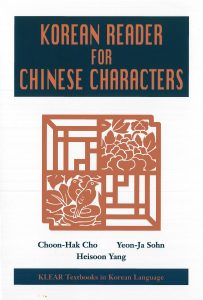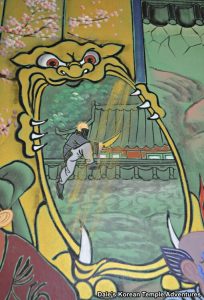Author: daosheng
The correct title of Jijang Bosal’s Dharani to remove fixed karma
The commonly encountered “myor op chang darani” is almost certainly wrong. This appears to be a mistake due to the mantra with a similar title associated with Kwanseum Bosal ……
“Mistake, doesn’t matter. Only make correct.”
Zen Master Seung Sahn (Primary Point VOLUME THREE, NUMBER 3 OCTOBER 1986)
北斗呪 (Mantra of the Northern Dipper)
The seven stars of the Northern Dipper are mighty gods in Heaven.
Rising, they (assemble) in the morning at the Golden Palace (of the Emperor of Heaven),
Setting, they cover the Kunlun Mountains.
They harmonize the principle with (human) law and moral order and control heaven and earth.
“These words seem to be correct and yet are wrong.”
有人云, “自心淨土, 淨土不可生, 自性彌陀, 彌陀不可見!”
此言, 似是而非也.
People say, “Your own mind is the Pure Land, so you cannot be born in the Pure Land; your own nature is Amitābha, so Amitābha cannot be
seen.”
These words seem to be correct and yet are wrong.
The Four Great Vows, Lesson Two
Lesson One:
四 弘 誓 願
眾 生 無 邊 誓 願 度
煩 惱 無 盡 誓 願 斷
法 門 無 量 誓 願 學
佛 道 無 上 誓 願 成
煩 惱 (Kleśas)
5-350 煩惱即菩提 (The kleśas are the same as Bodhi.)
7-424 不斷煩惱入涅槃 (Don’t eradicate the kleśas and enter nirvana.)
The Four Great Vows, Lesson Two
Lesson One:
四 弘 誓 願
眾 生 無 邊 誓 願 度
煩 惱 無 盡 誓 願 斷
法 門 無 量 誓 願 學
佛 道 無 上 誓 願 成
The slides for the class are here (in Word and PDF format):
• Word: L2-revised-2
• PDF: L2-revised-2-pdf


